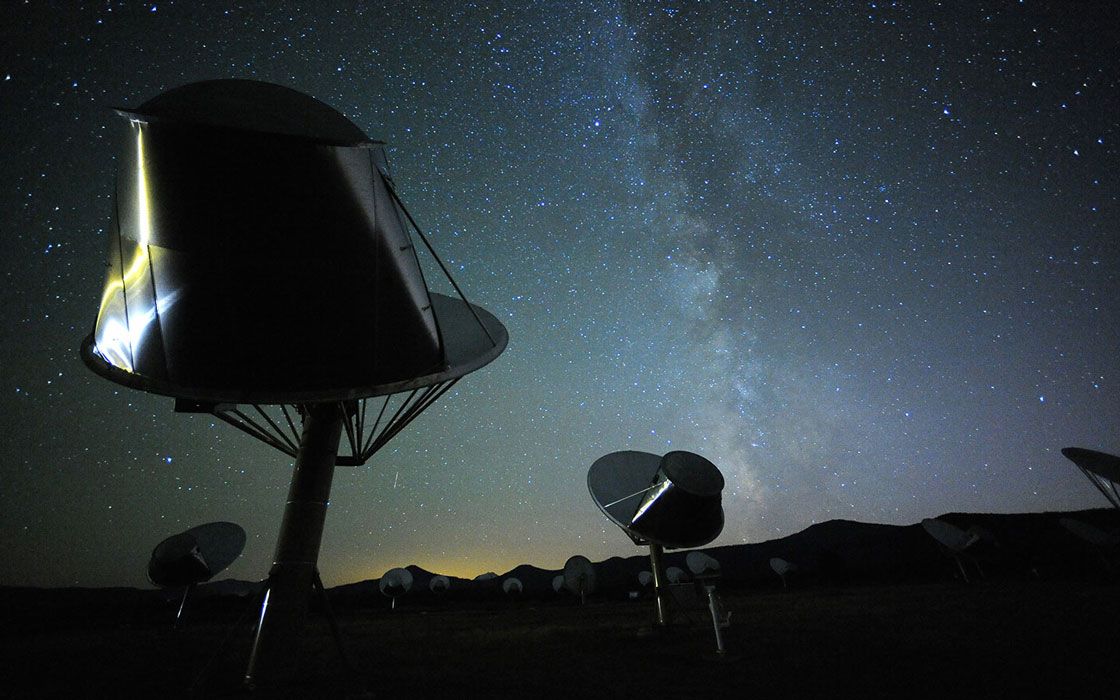
From the seminal Drake Equation to new strategies for exploring the cosmos for extraterrestrial intelligence, SETI scientists are dedicated to the search.
To speed the cosmic trawl, researchers are increasingly leaning on a concept first articulated in — of all places — economics. Due to the current limits of technology, the modern SETI enterprise is mainly a search for potential civilizations that want to be found. Extraterrestrial intelligences would, by definition, be rational agents, and might intentionally beam out signals indicating their presence, shouting “We are here!” into the void. If so, astronomers could turn our common intelligence to their advantage, working out how to cooperate even without communicating. All they need to do is think like aliens.
- Massive Science: To find extraterrestrials, we have to think like extraterrestrials
- National Geographic: Why alien hunters have spent 60 years finding new solutions for the Drake Equation
- International Business Times: Alien search is being carried out in wrong direction, claims expert
- Wired: Looking for Alien Life? Seek Out Alien Tech
- SETI.org: The Search for ET
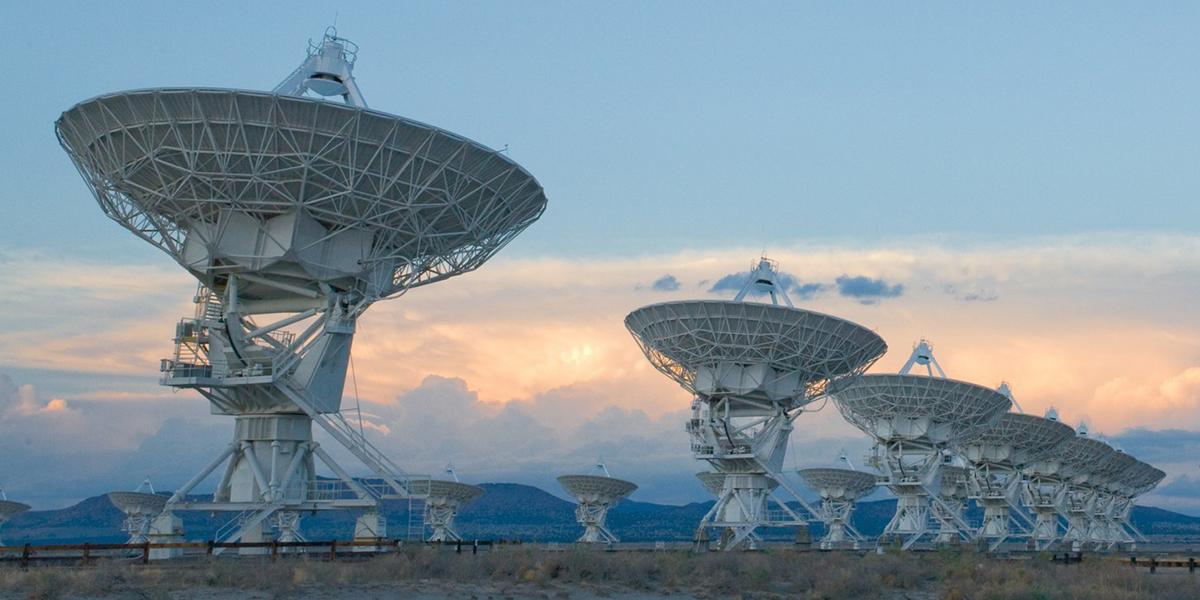 COSMIC Begins Receiving Data from the VLA
COSMIC Begins Receiving Data from the VLAThe COSMIC program hardware has been installed at the VLA and the data is beginning to flow, allowing observational data to be analyzed in parallel for potential extraterrestrial signatures.
Last year, the National Radio Astronomy Observatory (NRAO) and the SETI Institute agreed to cooperate in the development and installation of the COSMIC system at VLA. COSMIC, funded by the SETI Institute, analyzes data from VLA to identify possible transmissions by extraterrestrial technology.
- Florida News Times: Prototype SETI hardware gets the first data from VLA
- SETI.org: SETI Institute and National Radio Astronomy Observatory Team Up for SETI Science at the Very Large Array
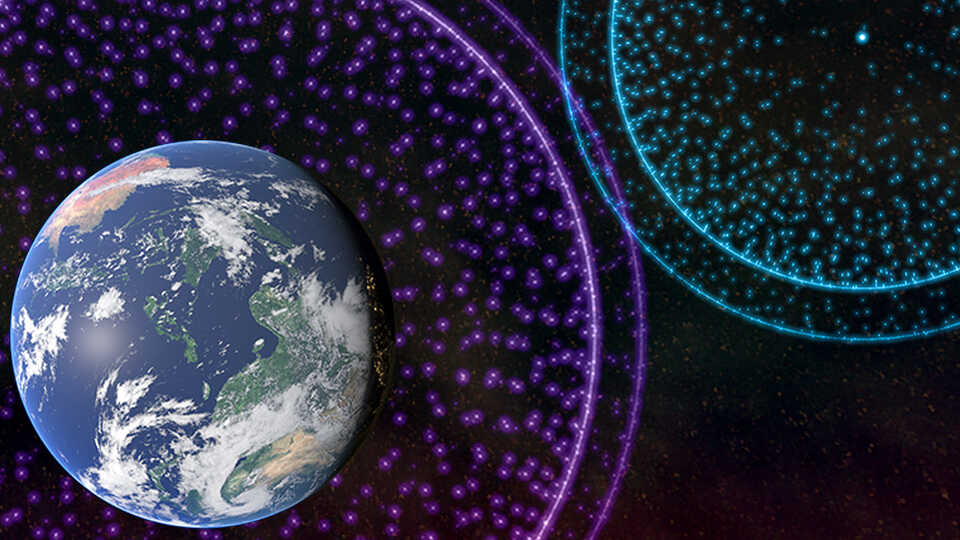 New Planetarium Show Debuts at the California Academy of Sciences
New Planetarium Show Debuts at the California Academy of SciencesLiving Worlds, an award-winning original planetarium show developed at the Cal Academy, begins daily showings at the Morrison Planetarium. Narrated by Daveed Diggs, the program looks at Earth and beyond to explore how to discover life elsewhere in the galaxy.
“Living Worlds follows the odyssey of life on our planet and the exploration of its possible alien abodes beyond Earth,” said Dr. Nathalie A. Cabrol, astrobiologist and the Director of the Carl Sagan Center for Research at the SETI Institute. “It brings together attention to details and scientific rigor while always keeping it as a priority to make it visually stunning. Living Worlds is a journey through time and space, where life is both the observer and the planetary experiment now on a quest to figure out its own origin.”
- San Francisco Bay Times: New Original Planetarium Show Living Worlds Opens November 5 at the California Academy of Sciences
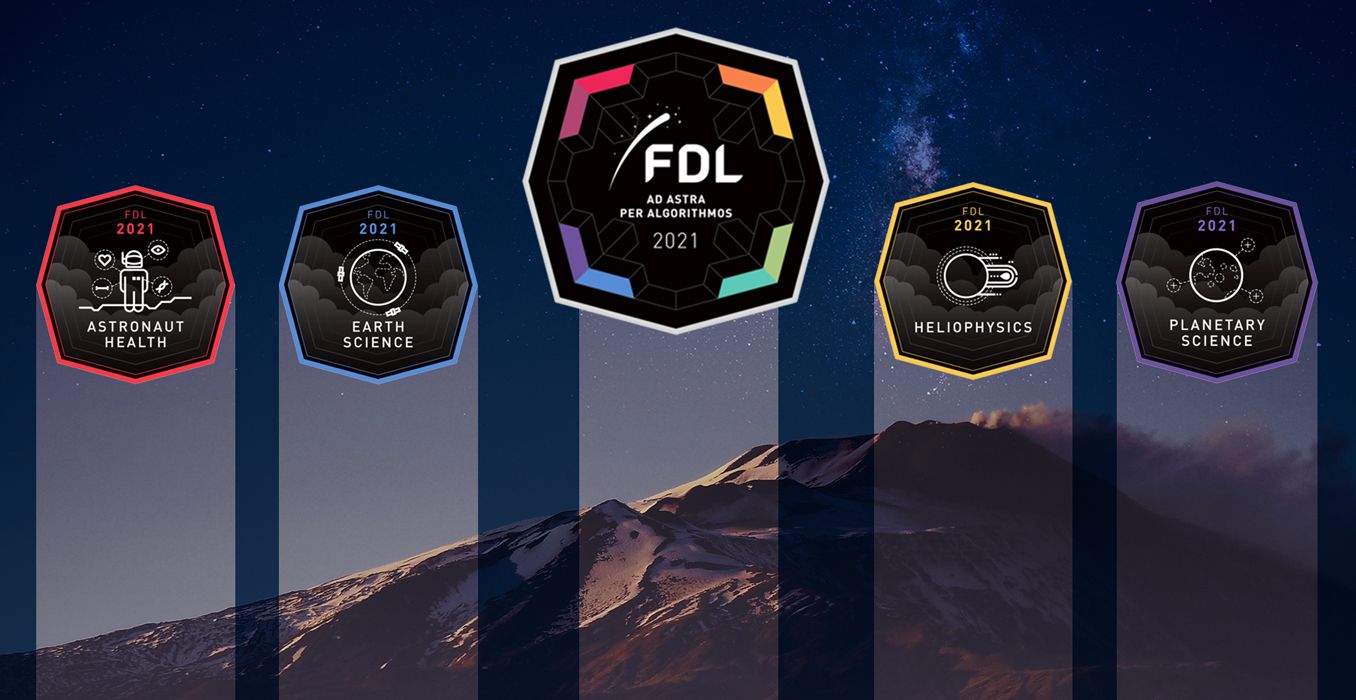 FDL and Intel Zero in on Cancer Biomarkers
FDL and Intel Zero in on Cancer BiomarkersUsing astronaut health and rodent data, a Frontier Development Lab (FDL) team has created a method that allows more accurate prediction of genes affected by radiation, which can lead to cancer or immunity diseases.
"The FDL Astronaut Health team achieved some truly incredible results in this year's challenge - both in their novel combination of human and mice data and the identification of several causal genes responsible for cancer," said Patrick Foley, Intel lead technical mentor. "This work is a testament to what can happen when public and private institutions work together and how federated learning can be used to unlock discoveries that would otherwise remain buried. We are confident that this research will go on to drive better health outcomes for astronauts and enrich the lives of every person on Earth."
- MarketWatch: Intel AI Mentors Seek to Improve Astronaut Health
- SETI.org: Frontier Development Lab Transforms Space and Earth Science for NASA with Google Cloud Artificial Intelligence and Machine Learning Technology
Jill Tarter is interviewed on the astronomy podcast Astrophiz.
Dr Jill Tarter is fantastic! Listen to this amazing interview with a scientist/astronomer who has always been at the forefront of SETI research.
- Space Australia: Astrophiz 138 – Dr Jill Tarter – Are We Alone?
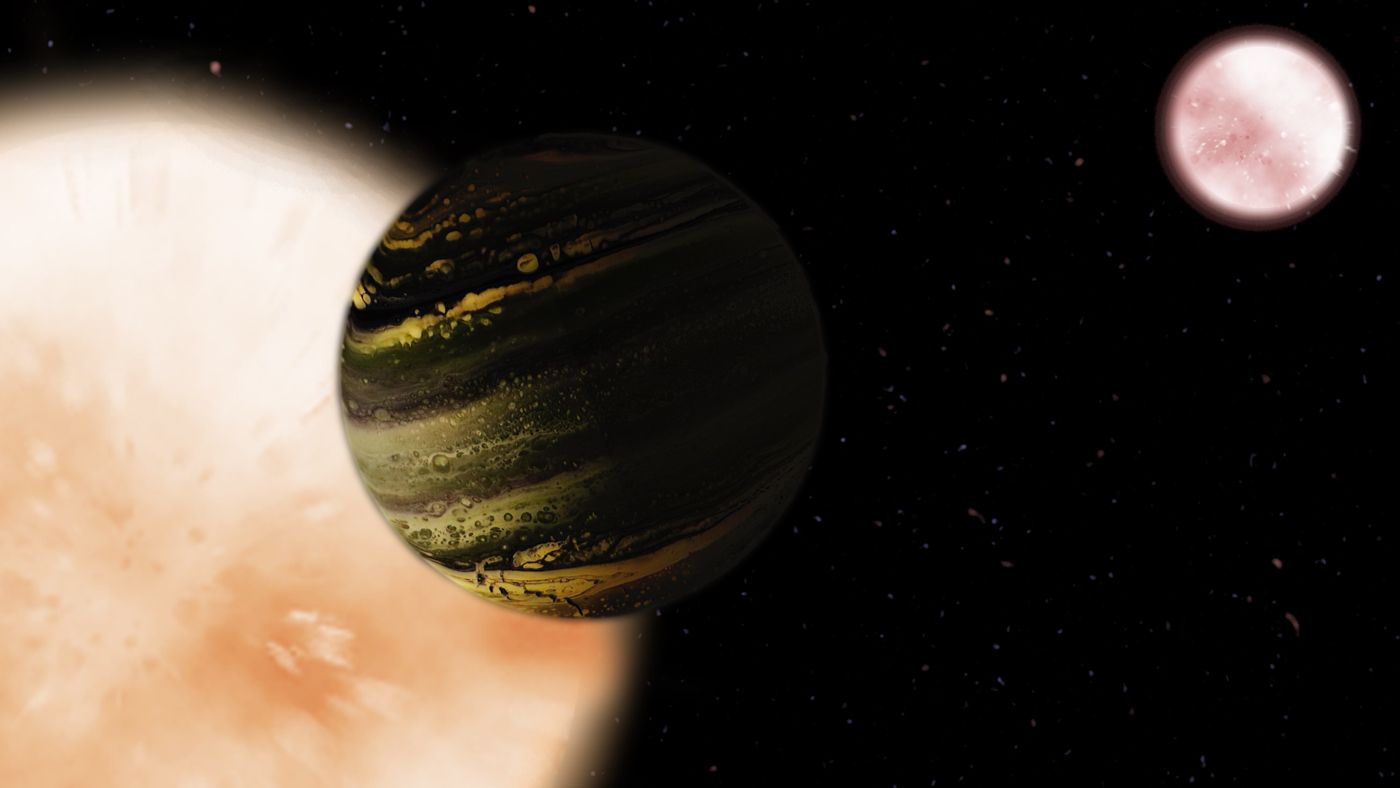 TESS Discovers Its First Circumbinary Planet
TESS Discovers Its First Circumbinary PlanetThe Transiting Exoplanet Survey Satellite (TESS) has found its first planet that orbits two stars. Previous circumbinary planet detections required at least three transits of the stars to confirm; a new technique with TESS only requires two transits.
The TESS discovery involves a new technique developed in part by scientists from the Planetary Science Institute, a nonprofit organization founded in 1972, based in Tucson, Arizona, and dedicated to solar system exploration. Veselin B. Kostov of the SETI Institute – a research-based nonprofit, based in Mountain View, California – led the new study.
- EarthSky: Planet orbiting 2 stars discovered by TESS
- SciTech Daily: New Method to Detect Tatooine-Like Planets Proves Successful
- PhysOrg: New method to detect Tatooine-like planets validated
- Funtitech: NASA uses new technology to find planets orbiting around two different stars
- SETI.org: TESS Detects Planet in Orbit Around Two Stars
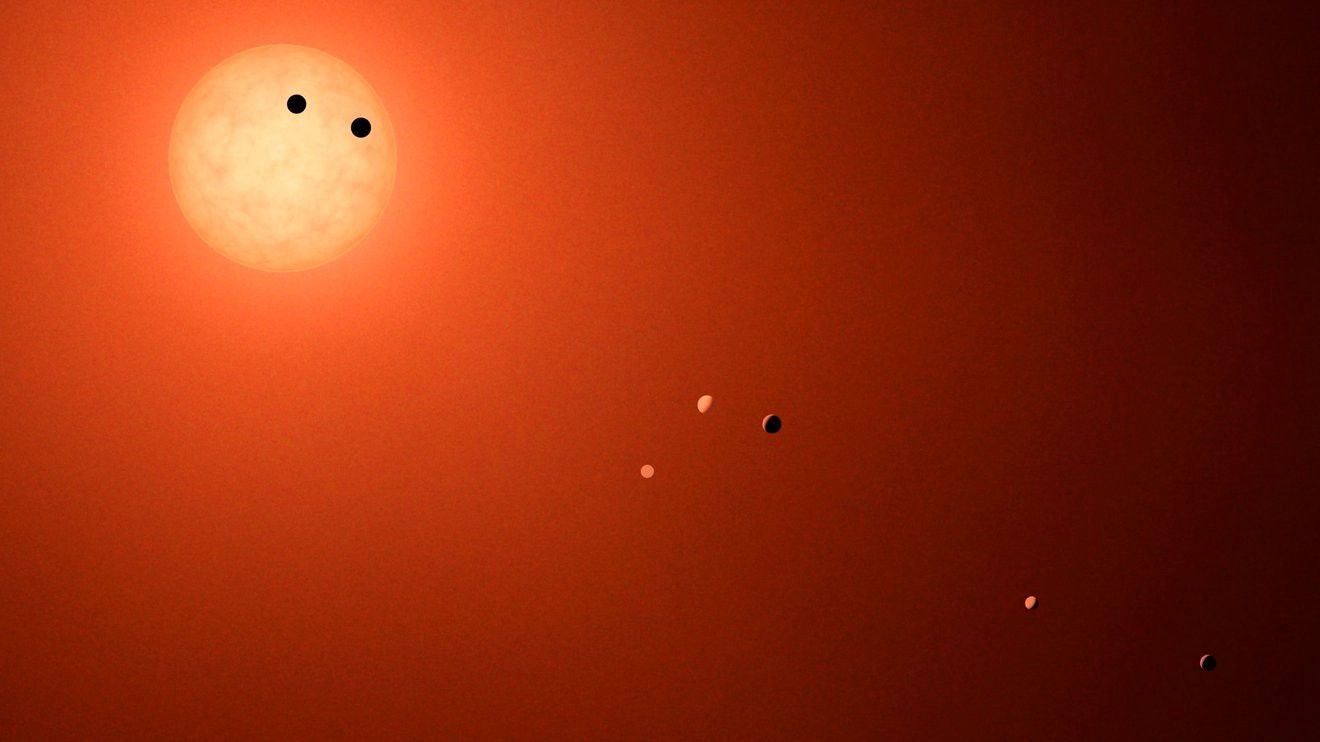 301 New Exoplanets Found in Kepler Data
301 New Exoplanets Found in Kepler DataThe tally of exoplanets discovered using the Kepler spacecraft has increased by 301, thanks to a new AI algorithm called ExoMiner. The SETI Institute partnered with several other organizations, including NASA, to develop the algorithm and scan the Kepler data on “candidate” potential planets.
As [Hamed] Valizadegan explained:
“When ExoMiner says something is a planet, you can be sure it’s a planet. ExoMiner is highly accurate and in some ways more reliable than both existing machine classifiers and the human experts it’s meant to emulate because of the biases that come with human labeling. Now that we’ve trained ExoMiner using Kepler data, with a little fine-tuning, we can transfer that learning to other missions, including TESS, which we’re currently working on. There’s room to grow.”
- Universe Today: A Machine-Learning Algorithm Just Found 301 Additional Planets in Kepler Data
- SETI.org: Machine Learning Finds 301 More Planets in Kepler Data
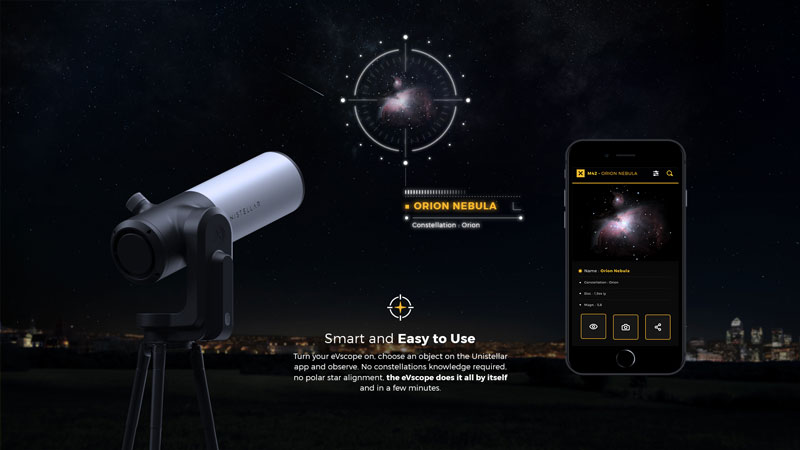 eVscope 2 Awarded Consumer Show Honors
eVscope 2 Awarded Consumer Show HonorsUnistellar’s eVscope telescope was named as a CES (Consumer Electronics Show) Innovation Award Honoree by the Consumer Technology Association (CTA), and is in the running for their Best of Innovation award, to be issued in January 2022.
The Unistellar eVscope 2 is the world’s most powerful digital telescope for consumers. It enables anyone to discover the universe and contribute to meaningful space science. Uncompromised optics and cutting-edge technology let users experience deep space faster, easier and clearer than ever.
- Digital Imaging Reporter: CES 2022 Innovation Awards Honorees
- SETI.org: Unistellar and the SETI Institute A Partnership for Citizen Science
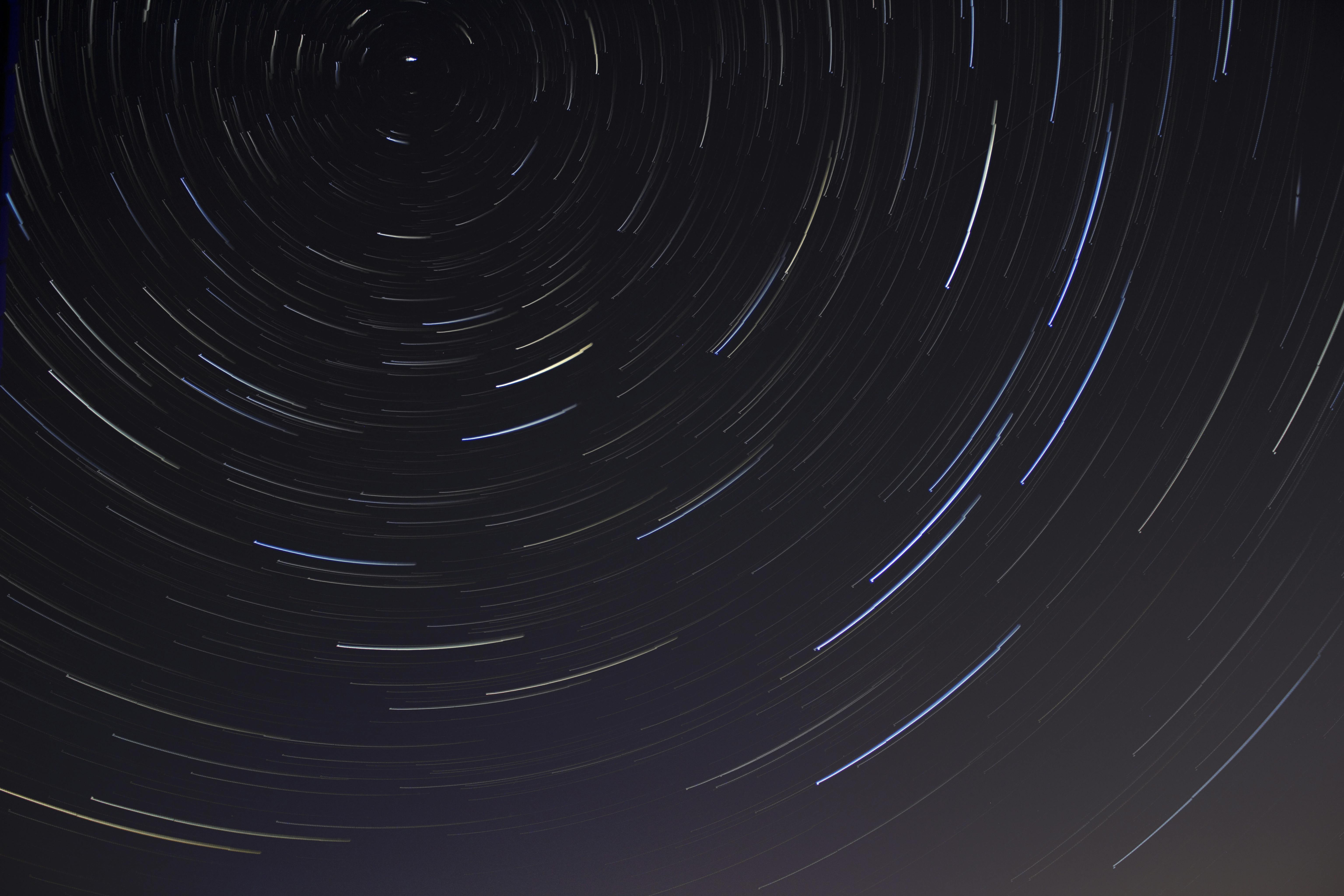 Space Debris from Destruction of Russian Satellite Also Threat to Exploration
Space Debris from Destruction of Russian Satellite Also Threat to ExplorationThe recent purposeful explosion of a satellite not only endangered the International Space Station and its astronauts, but the resulting debris field can also impede use of ground-based telescopes.
"Space debris is a key concern that could threaten space exploration plans. You should notice that this incident generated 1,500 ‘trackable orbital debris,’ which is quite different from ‘tracked orbital debris," says Franck Marchis, Chief Scientific Officer at Unistellar and Senior Planetary Astronomer at SETI Institute, a not-for-profit research organization studying the origin of life in space.
…
"The daunting task of monitoring that amount of new debris, along with the debris that already exists in space, will be unmanageable with traditional big telescope infrastructures. The growing network of small, ‘smart’ digital telescopes is key to ensuring space exploration is accessible and safe," Marchis says.
- Yahoo!Sports: Russia blows up satellite, sending space debris flying toward ISS and evoking strong reactions
 Planet B – Is There an Earth Analog?
Planet B – Is There an Earth Analog?With all of the exoplanets that have been discovered, it is possible that there is a twin of the Earth – a Planet B? What would life on such a planet be like?
“There really is no Planet B for us,” said Jill Tarter, astronomer and former director of the Center for SETI Research who currently holds the Chair Emeritus for SETI Research. “Unless we figure out a way to solve all of the global issues that we face here and mitigate those challenges, wherever we go we’ll create the same problems that we’ve done here on this planet. There’s no escape hatch.”
- KESQ News Channel 3: If Planet B exists, what might it be like?
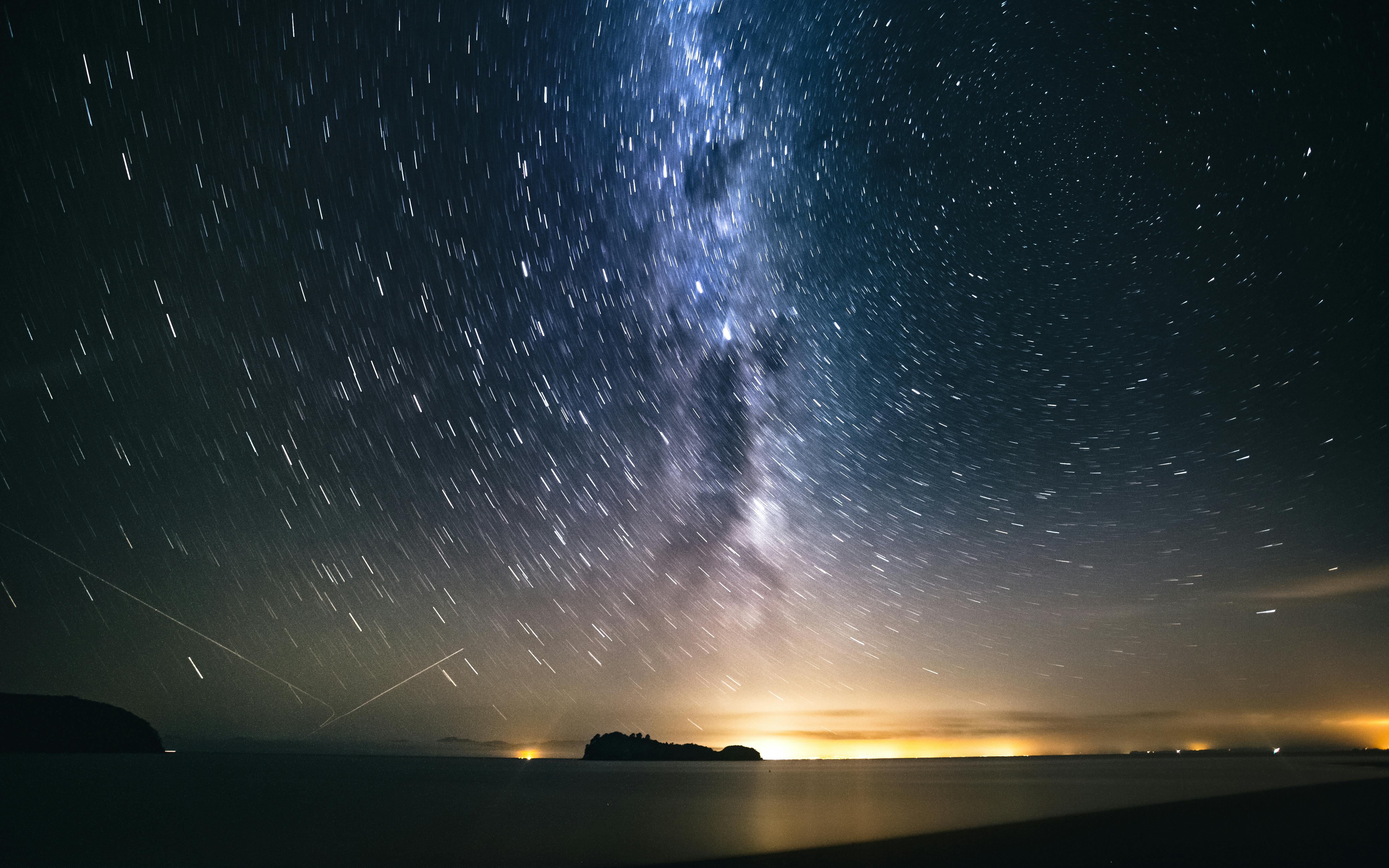 Can SETI Science Avoid Being Called “Fake News”?
Can SETI Science Avoid Being Called “Fake News”?With the possibility that extraterrestrial life may be found in our lifetimes, exaggerated claims of the media, which are then disproved, can diminish trust in the science behind the story. NASA scientist James Green has a new proposal for reporting on SETI progress.
Imagine, for example, that NASA’s Europa Clipper probe—which is due to launch in 2024 on a mission looking for signs of life on Jupiter’s moon Europa—detects possible fleeting evidence of organic molecules under that world’s icy shell. “How do you announce that?” Seth Shostak, an astronomer with the California-based SETI Institute, told The Daily Beast. (SETI stands for the “search for extraterrestrial intelligence.”)
- Yahoo!News: So You Think you Found Aliens. Now What?
Join hosts Seth Shostak and Molly Bentley each week as they explore emerging science and technology research.
Dimming the Sun
Does geoengineering offer a Plan B if nations at the U.N. climate meeting can't reduce carbon emissions? The Glasgow meeting has been called “the last best chance” to take measures to slow down global heating. But we're nowhere near to achieving the emission reductions necessary to stave off a hothouse planet. We consider both the promise and the perils of geoengineering, and ask who decides about experimenting with Earth’s climate.
With guests Elizabeth Kolbert, David Keith, Kim Cobb
Your Inner Tree
Declining biodiversity is a problem as fraught as climate change.
Loss of habitat, monoculture crops, and the damming of waterways all lead to massive species extinction. They tear at life’s delicate web, and threaten a balance established by four billion years of evolution.
Can we reassess our relationship to Nature? We consider logging efforts that make elephants part of the work force, and how to leverage the cooperative behavior of trees.
Becoming Nature’s ally, rather than its enemy.
With guests Suzanne Simard, Carl Safina, Jacob Shell
Suitable for Life?
Life nearby? We’ve not yet found any on our favorite planet, Mars. But even if Mars is sterile, could we ever change that by terraforming it? Or seeding it with life from Earth?
The Red Planet is not the only game in town: A new NASA mission to a Jovian moon may give clues to biology on a world where, unlike Mars, liquid water still exists.
Also, the promise of the James Webb Space Telescope and why the solar system’s largest active volcano offers clues to the habitability of other worlds.
With guests Kate Craft, Julie Rathbun, Courtney Dressing, Chris McKay
Skeptic Check: Shroom with a View
Magic mushrooms – or psilocybin - may be associated with tripping hippies and Woodstock, but they are now being studied as new treatments for depression and neurodegenerative diseases like Alzheimer’s. Is this Age of Aquarius medicine or something that could really work? Plus, the centuries-long use of psychedelics by indigenous peoples, and a discovery in California’s Pinwheel Cave offers new clues about the relationship between hallucinogens and cave art.
With guests Merlin Sheldrake, Albert Garcia-Romeu, David Wayne Robinson, Sandra Hernandez
Talk the Walk
Birds and bees do it … and so do fish. In a discovery that highlights the adaptive benefits of walking, scientists have discovered fish that can walk on land. Not fin-flap their bodies, mind you, but ambulate like reptiles.
And speaking of which, new research shows that T Rex, the biggest reptile of them all, wasn’t a sprinter, but could be an efficient hunter by outwalking its prey.
Find out the advantage of legging it, and how human bipedalism stacks up. Not only is walking good for our bodies and brains, but not walking can change your personality and adversely affect your health.
With guests Hans Larsson, Shane O’Mara, Brooke Flammang
More Big Picture Science episodes can be found at http://bigpicturescience.org/episodes.
SETI Institute hosts interview cutting-edge scientists each week on social media. Recent SETI Live episodes include:
Breakthrough Listen Candidate 1: Alien Technology or not?
In a new paper published last researchers concluded that BLC1 was an artifact of Earth-based interference from human technologies. Dr. Sofia Sheikh took it a few steps further to see if it were possible to establish a process for what to do if a signal of interest is found. The result is a technosignature verification framework that can be used for future candidate signals. Join Franck Marchis and Sofia Sheikh in a discussion of this work.
How to Better Visualize Complex Systems?
Learning science is about understanding complex systems and interactions among their entities. Telescopes are for observing objects that are far away, and microscopes are for exploring the tiniest objects. But what tools do we have for visualizing general patterns, processes, or relationships that can be defined in terms of compact mathematical models? Visualizing the unseeable can be a powerful teaching tool.
SETI Institute affiliate Dr. Mojgan Haganikar has written a book, Visualizing Dynamic Systems, that categorizes the visualization skills needed for various types of scientific problems. With the emergence of new technologies, we have more powerful tools to visualize invisible concepts, complex systems, and large datasets by revealing patterns and inter-relations in new ways. Join the SETI Institute’s Pamela Harman as she explores what is possible with Haganikar.
Strange Radio Waves from the Galactic Center
A team of radio astronomers detected unusual signals from deep in the heart of the Milky Way using CSIRO’s ASKAP radio telescope. The radio waves fit no currently understood pattern of variable radio source and could suggest a new class of stellar object. What could this be? Pulsar, huge solar flare, or something else?
We invited the lead author of the paper, published in October in Astrophysical Journal, Ziteng Wang and his Ph.D. supervisor Professor Tara Murphy, both from the Institute for Astronomy at the University of Sydney, to discuss with SETI Institute Senior astronomer Franck Marchis their discovery and its extraordinary behavior.
Takween: Geometry and Creation ( A SETI AIR Conversation)
A Conversation with SETI Artist in Residence Zeinab Alhashemi
Could the codes of creation be embedded in geometry? Dubai-based SETI Artist in Residence Zeinab Alhashemi is exploring how the patterns that exist in nature connect to art, mathematics, and spirituality. Zeinab sees geometry as a universal language that brings together culture and science. She has become known for her large-scale, contemporary art installations that deconstruct the viewer’s understanding of their surroundings and introduce an alternative point of view. Her most recent work is the kinetic sculpture Takween, which is currently being exhibited at the Dubai 2020 expo. Based on the ancient motif of the Viscia Pisces, it symbolizes creation, time, and the celestial spheres.
A New Way to Detect Planets with Two Stars
27 days, 2 transits, 3 eclipses, and the 1st circumbinary planet detected from a single sector of TESS data!
Researchers announced they detected a planet in a 200-day orbit around two stars from observations of just one TESS sector over an observation period of 27 days. Previous detections of circumbinary planets required observing three transits which was not possible in the short observation window. Franck Marchis will discuss the discovery with SETI Institute scientist and lead author on the discovery's paper, Veselin Kostov.
Recent Signals of Interest for SETI
You've read it in many headlines, researchers detect mysterious signal from outer space, but what does that mean? And how do scientists determine if a signal is from ET or natural phenomenon? Join this Giving Tuesday SETI Live with Dr. Wael Farah, a researcher at the SETI Institute's Allen Telescope Array, to learn all about recent signals of interest and how the scientific community studies them. Beth Johnson will host.
Videos of all past Facebook Live events can be found on our Facebook page, https://www.facebook.com/SETIInstitute/, or on our YouTube channel, https://www.youtube.com/SETIInstitute.





